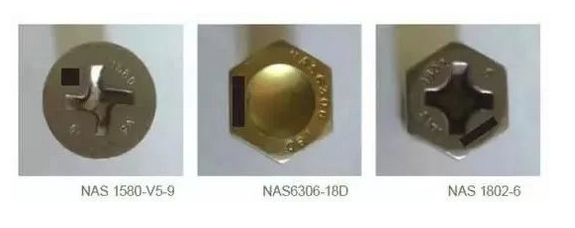
In this article, we will focus on the globally recognized standards for aviation fasteners, which are established by authoritative standard organizations or governments, excluding the enterprise standards set by individual aviation fastener manufacturers and aircraft manufacturers.
NAS Standards: In the field of aviation manufacturing, NAS (National Aeronautics and Space Administration) standards hold a significant position for imperial fasteners, applying to both commercial and military aircraft.
NASM Standards: Originally used as military standards for imperial fasteners, they were later transferred to NASC (National Aerospace Standards Committee) for continuous maintenance and development, thus they can be understood as the military standards within NAS (NAS for Military).
ISO Standards: In the field of aviation fasteners, the ISO standards, primarily based on metric dimensions, provide a unified set of design, production, and inspection criteria for the international aviation industry. For instance, standards like ISO 4014 and ISO 4017 meticulously specify the dimensions, tolerances, material requirements, and performance classes of various fastener types, ensuring interchangeability and reliability between different manufacturers.
Moreover, there are specialized international standards for aviation fasteners used in specific fields, such as fasteners operating in high-temperature environments, including ASME (American Society of Mechanical Engineers) SA series standards. These standards rigorously define the performance of fasteners under extreme conditions, ensuring their stable operation in harsh environments such as high temperatures and high pressures.
In the selection of materials for aviation fasteners, stringent standards are also followed. For instance, high-strength alloy steels, titanium alloys, stainless steels, and high-performance composite materials are all rigorously selected and verified based on standards such as ISO and ASTM (American Society for Testing and Materials) to ensure that the fasteners meet the stringent requirements of aircraft regarding weight, strength, and corrosion resistance.
In summary, the standard system for aviation fasteners is a complex and intricate framework that spans dimensions, material selection, to performance criteria, aiming to ensure the quality, reliability, and safety of aviation fasteners. The establishment and enforcement of these standards provide a solid foundation for the progress of the aviation industry and ensure the safe operation of aircraft worldwide.





 Customer service 1
Customer service 1  Customer service 2
Customer service 2